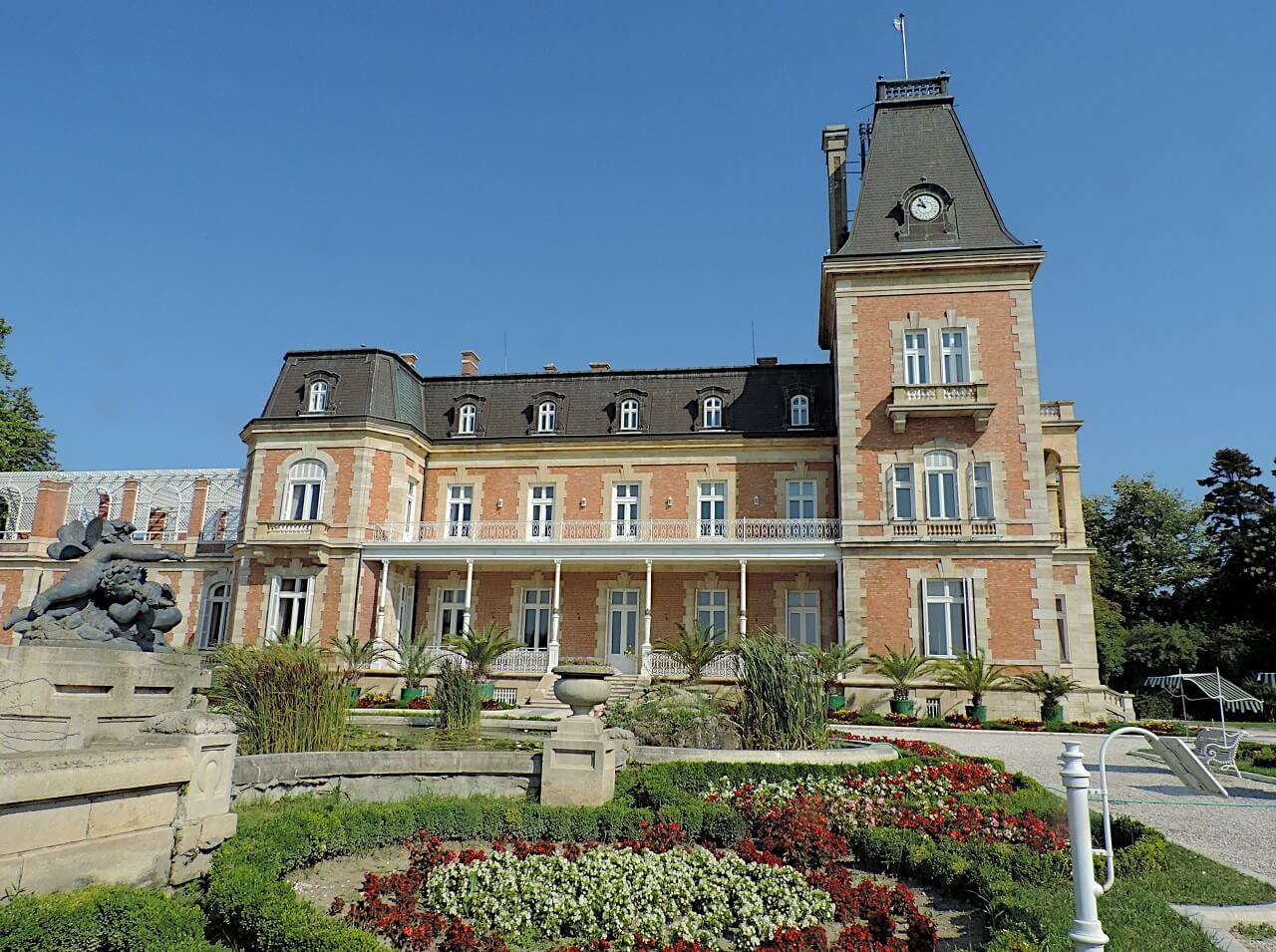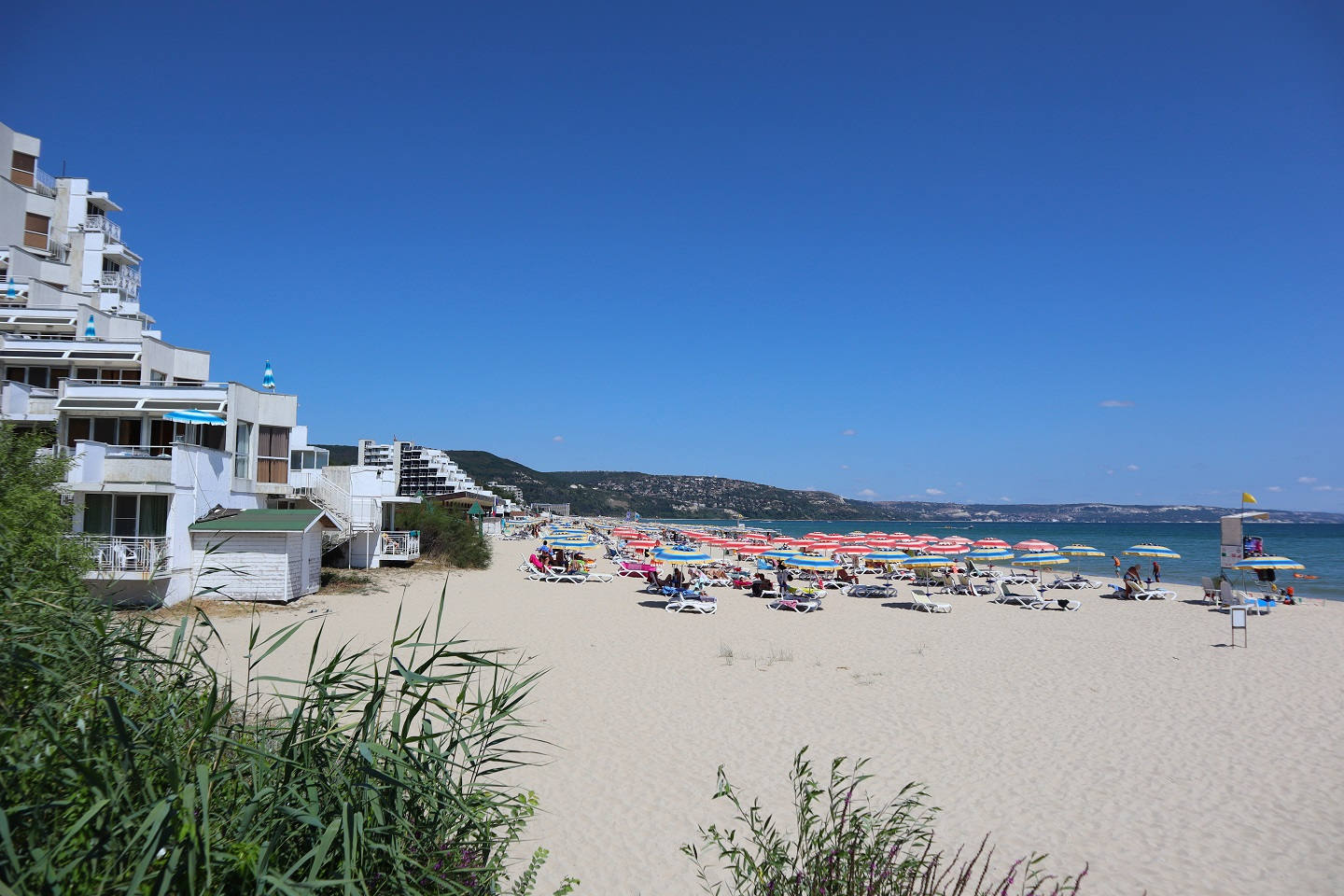Last updated on 13 April 2024
Bulgaria’s picturesque northern Black Sea coast is full of wonderful natural and historical sights. If you’re planning a holiday in this area, here are some spots no to be missed during your visit.
Cape Kaliakra
Cape Kaliakra is probably the most beautiful cape in Bulgaria with its spectacular sea view and medieval fortress. The 2-km-long headland ends in a steep coast with cliffs as high as 70 m. It is an absolutely stunning place to watch sunset, also a gorgeous nature reserve where dolphins and cormorants can be seen.
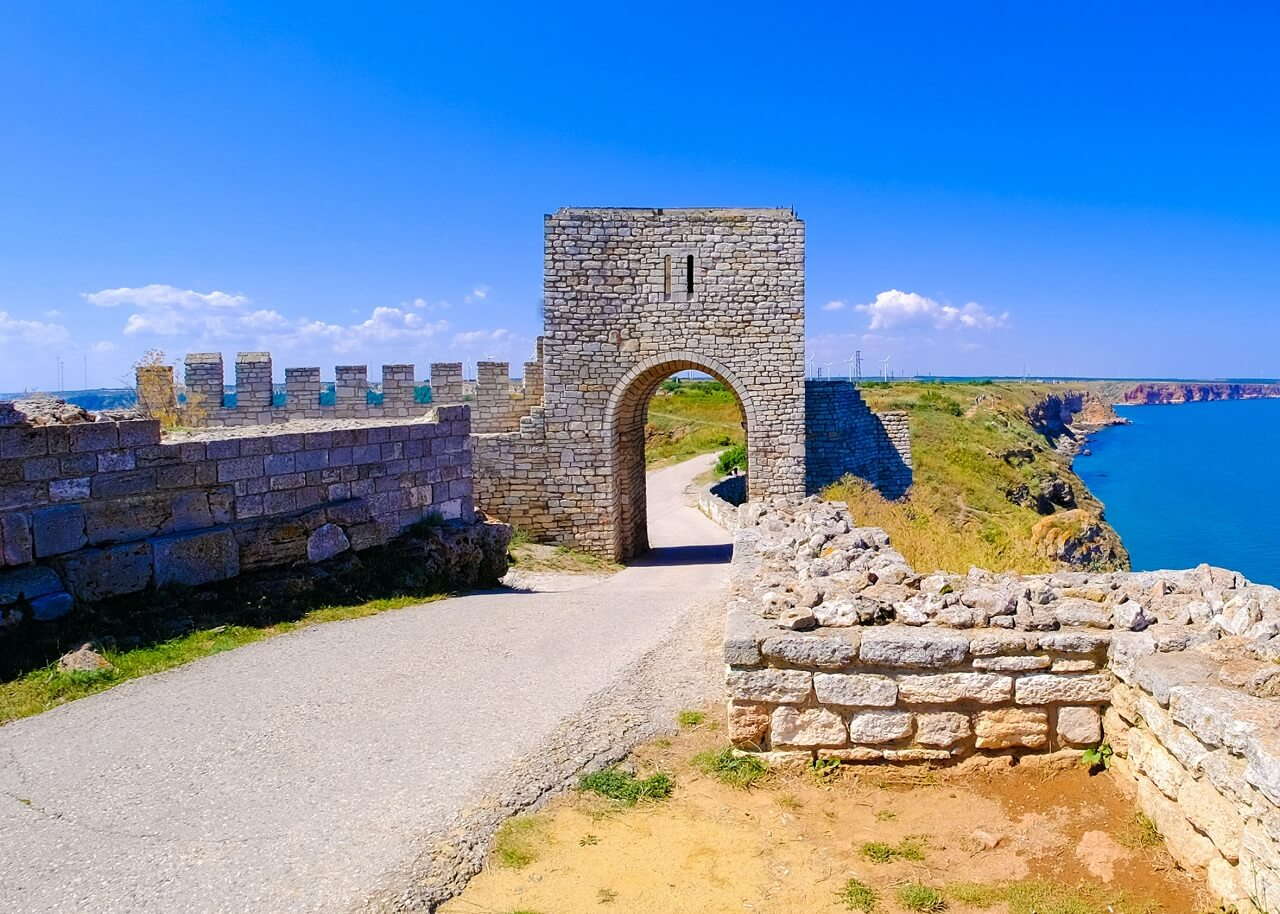
On the western side of Cape Kaliakra, an alley descends from the fortress to a restaurant built in one of the caves, providing fantastic sea view. There is also another, smaller cave which houses a museum with valuable archaeological relics and a model of the ancient fortress demonstrating what it looked like in the past. Cape Kaliakra is also associated with many legends. The most famous of them tells about 40 Bulgarian girls who jumped into the abyss of the sea from these cliffs to avoid falling into the hands of the Ottoman invaders. There is an obelisk at the entrance of the cape erected in their honor. According to another legend, Macedonian ruler Lysimachus buried a vast amount of treasure in the caves of the cape. In 2006, Cape Kaliakra was equipped with an artistic lighting system consisting of over a hundred colored spotlights, making it a wonderful night attraction.
Cape Kaliakra (BG: нос Калиакра) is located 75 km northeast of Varna. Entering the cape costs only 3 BGN per person which includes the parking fee as well.
The town of Balchik
Balchik is a scenic seaside town 30 km west of Cape Kaliakra, famous for its white limestone cliffs, beautiful palace complex and botanical garden. The Balchik Palace, located 17 meters above sea level, was built between the two world wars, when the town belonged to Romania. Being right on the seafront, it was the favorite summer residence of the Romanian queen Marie. The complex consists of residential villas, a wine cellar, a minaret, a Christian chapel and many other buildings, some of them serving as tourist accommodation nowadays.
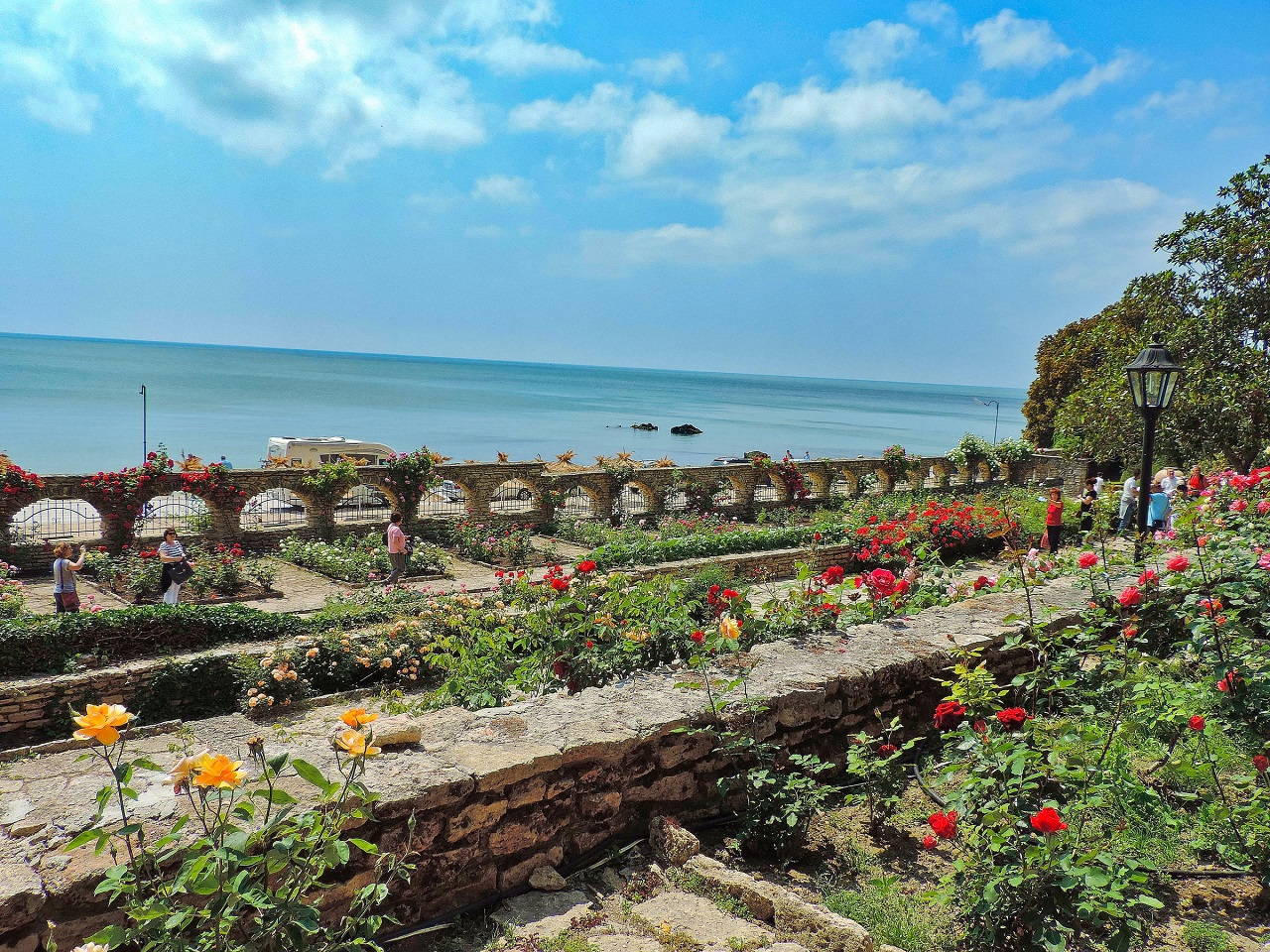
The park of the palace complex and former summer residence is now a botanical garden built on 65000 square meters, using local limestone and in harmony with the terrain – it has terraces, waterfalls, canals, alleys and tunnels. With its mild climate and abundant water resources, the park is a perfect home of more than 3000 species of plants, collected from all over the world. One of the garden’s main attractions is the collection of more than 250 cactus species, the second largest collection in Europe. The whole exhibition is impressive, not only for its diversity, but also because it has over 400 globally protected species.
About 5 km east of Balchik, there are 2 adjacent seaside salt lakes with a mud resort, called the Balchik Tuzla. The healing properties of the Tuzla mud have been known and used since the 18th century. Every year, the mud layer increases by 5-6 mm, forming about 200 tonnes of new mud annually that is used as a balneotherapy resource. Part of the shallower lake functions as a “mud beach” where visitors can cover their bodies with the healing substance. There are also some restaurants north to the lake.
Albena
Only 12 km south of Balchik lies Bulgaria’s third largest seaside resort, Albena. It is popular for its large beach with fine sand, calm sea and pleasant climate. Albena’s beach is more than 5 km long and 150 m wide, the sea is calm and gently sloping. With its sandy and soft bottom, that has no stones or algae, this beach is perfectly suitable for families with small children. Albena has very pleasant climate as well with temperatures rarely exceeding 30 °C and optimal, 65% humidity. Aquamania, one of the highest rated aquaparks in Europe, is also located in Albena.

The resort has the Blue Flag certification which is given to beaches, marinas and sustainable boating tourism operators as an indication of their high environmental and quality standards. Albena aims to be as eco-friendly as possible, new pedestrian and bicycle zones have been created, there is free electric transport and an escalator available to guests, connecting the park area with the beach.
Albena has mineral springs with a water temperature of around 30 ° C. The water is slightly mineralized, tasty, clear and colorless. It is also used for treating diseases of the respiratory tract, the nervous and endocrine systems, cardiovascular disease and skin diseases. The treatments are performed using outdoor balneotherapy procedures in mineral water pools and baths, underwater shower massage, inhalation or mud therapy.
Aladzha cave monastery
Aladzha Monastery is a medieval Christian cave monastery complex, carved in 30 m high vertical limestone cliffs near Golden Sands sea resort.
There is no reliable historical data about the age of the monastery, but it is known that it already existed in the 12th century. The name of the monastery means “colorful” in Turkish, referring to the murals painted on its walls. The complex has a new tourist attraction since 2009, a thematic audiovisual show staged in the summer season, called ‘The Legends of Aladzha Monastery’.
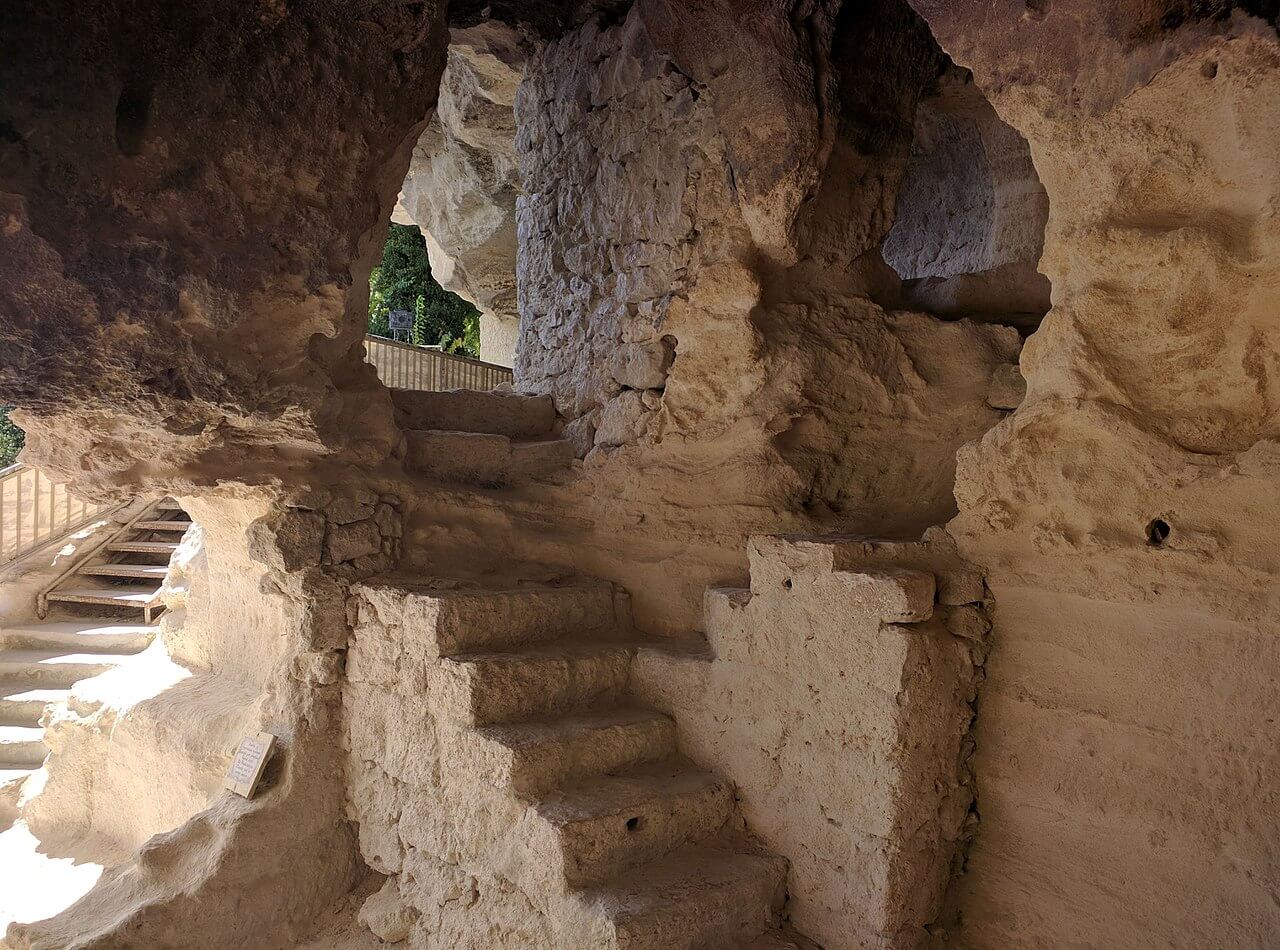
Aladzha Monastery is one of the few rock monasteries in Bulgaria where the individual rooms with different functions are clearly distinguishable. The premises of the monastery are built on two levels. On the first level there is a church, monastic cells, a dining room, a kitchen, a small cemetery church and a crypt. The second level is a natural rock niche with the monastery chapel at the eastern end. The complex includes small catacombs about 700 m west of the monastery. Archeological finds, such as pottery and coins testify that the catacombs were inhabited during the early Christian era (5-6th centuries). Unlike the Basarbovo Monastery, this rock monastery is not actively functioning nowadays.
Aladzha Monastery is located in the southwestern part of Golden Sands Nature Park, the smallest nature park in Bulgaria. It has five tourist trails that pass through places with charming sea view and many locally sourced drinking fountains. The monastery is open from 9:00 to 22:00 in the summer season (May-October), the entrance ticket costs 5 BGN for adults.
Varna
Varna is the third largest city in Bulgaria and the main hub of the northern coast. The largest seaside city of the country is also one of the oldest settlements in Bulgaria. Among many ancient remains, the most notable historical landmark of Varna is the Roman Thermae. With an area of 7000 sq m, this is the largest preserved Roman bath complex on the Balkan Peninsula and the fourth largest in Europe. There is another, smaller bath, located 150 meters to the south, and new archeological findings also suggest the existence of a third bath in the area. Known as Odessus in the Roman times, Varna was an important city that later became an early Christian center.

Another symbol of the city is the Sea Garden, a huge landscaped park along the seaside with gorgeous alleys and beautifully maintained garden areas. Besides numerous monuments and fountains, the park also accommodates an open-air theater, an observatory, a planetarium, a zoo and an aquarium, as well as many bars and restaurants.
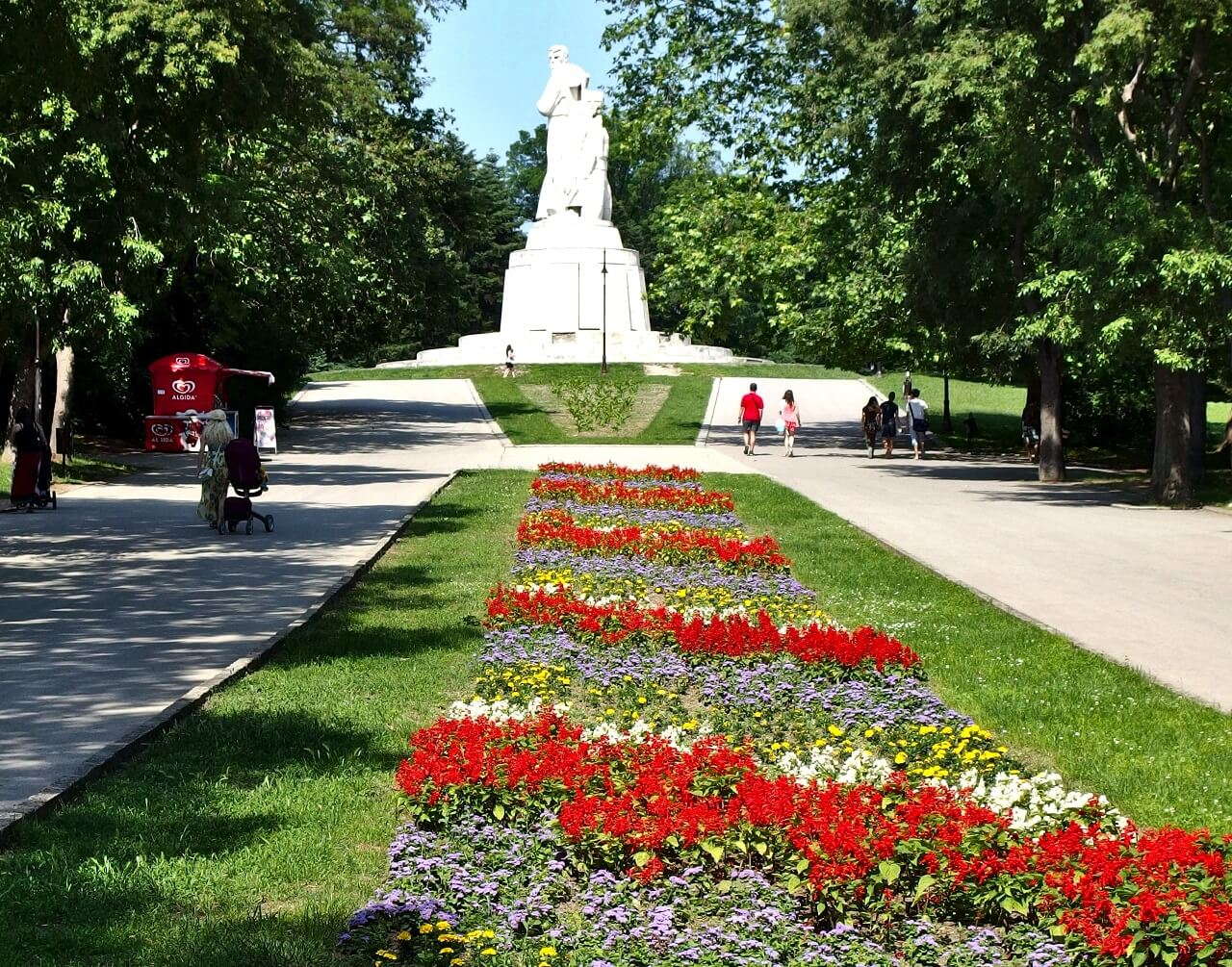
Near the main alley, visitors can see the ‘Bridge of Wishes’, a small wooden bridge, believed to fulfill wishes if crossed walking backwards with closed eyes. One of Varna’s top attractions, the dolphinarium is located in the Sea Garden too.

If you’re interested in relics from the socialist era, especially cars, don’t miss the Retro Museum. Located in Varna’s largest shopping mall (Grand Mall), the museum covers an area of 4000 sq m. The exhibition includes more than 50 perfectly restored cars and motorcycles from brands like Volga, Moskvich, Skoda, Trabant, GAZ Chaika and others. Wax figures of famous politicians from these times, such as Leonid Brezhnev or Fidel Castro, can also be seen in the museum.

The glorious Dormition of the Mother of God Cathedral, the third largest cathedral in Bulgaria and the Varna Clock Tower are located close to each and also worth a visit.
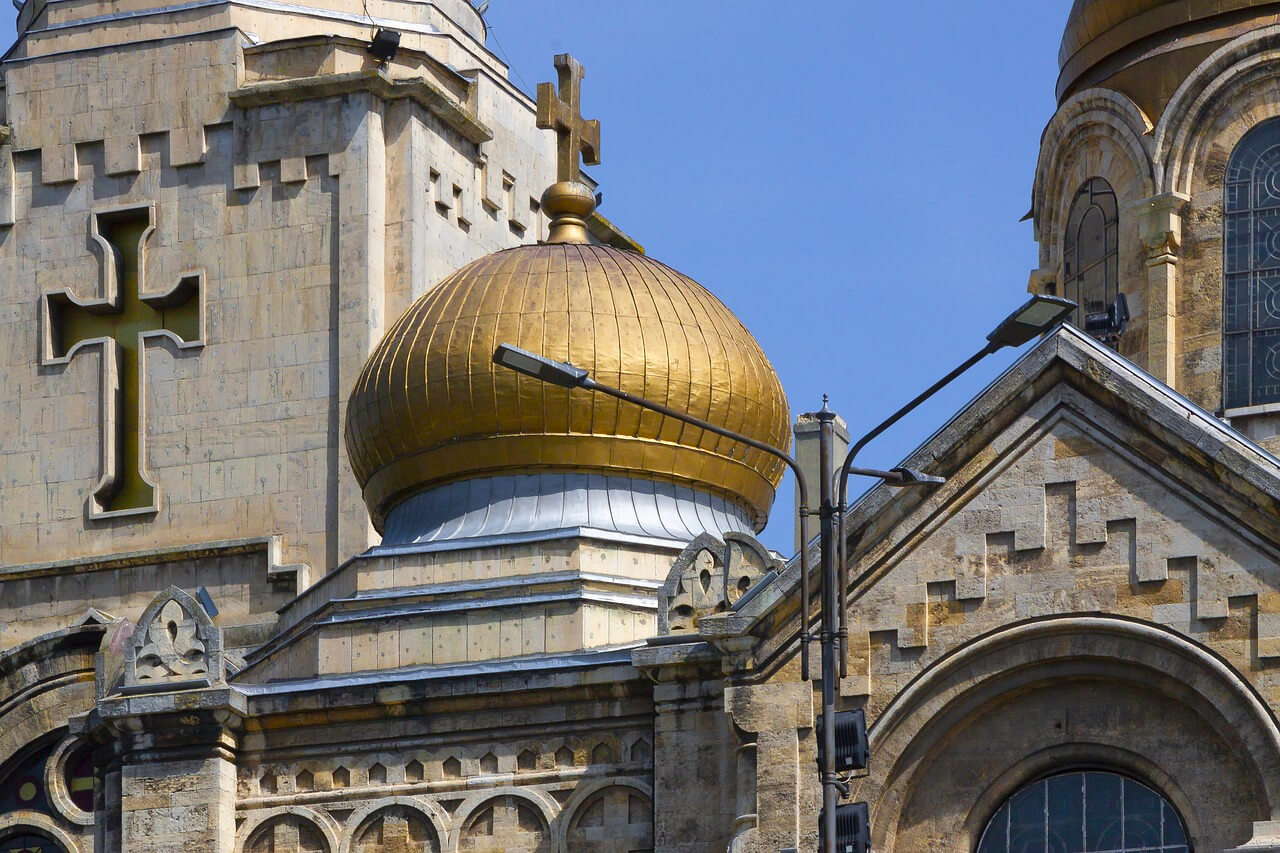
+1: Euxinograd Palace
Euxinograd (or Evksinograd) Palace, the former royal summer palace is located 7 km northeast of downtown Varna. The French chateau style complex was built in the late 19th century and has its own winery. Apart from the palace itself, its beautifully designed garden is also impressive with hundreds of valuable plant species, a small river, two bridges and a pond.
